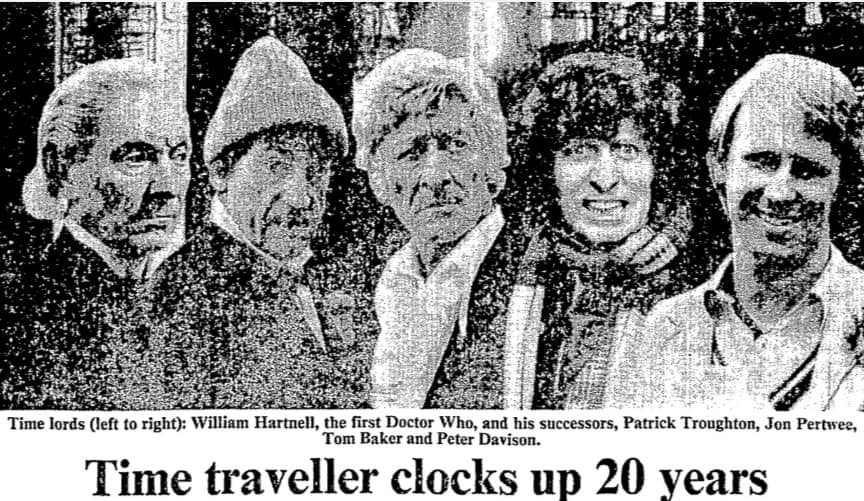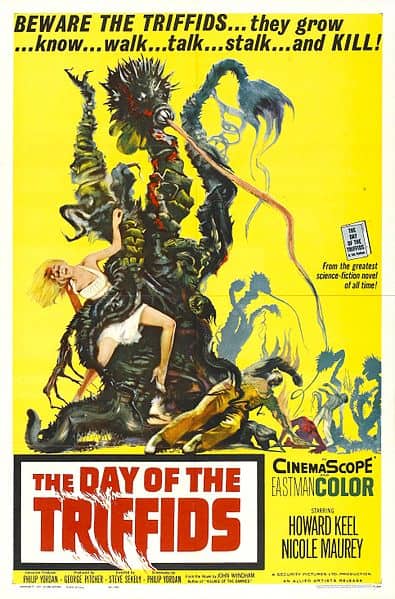│By André Buller, Gale Ambassador at the University of Portsmouth │
Doctor Who, possibly Britain’s most famous science-fiction television show, has enjoyed success in both its original running from 1963 to 1989, and its reboot from 2005 to the present. Centering around the eponymous ‘Doctor,’ the show follows the adventures of this eccentric and benevolent shape-changing alien around the cosmos in a premise that has remained largely static throughout the 56 years of its circulation. As a child, I was both terrified and enthralled by the television show, and such interest in the fantastical has persisted into my studies (as evident in my previous supernatural post about witchcraft!)


